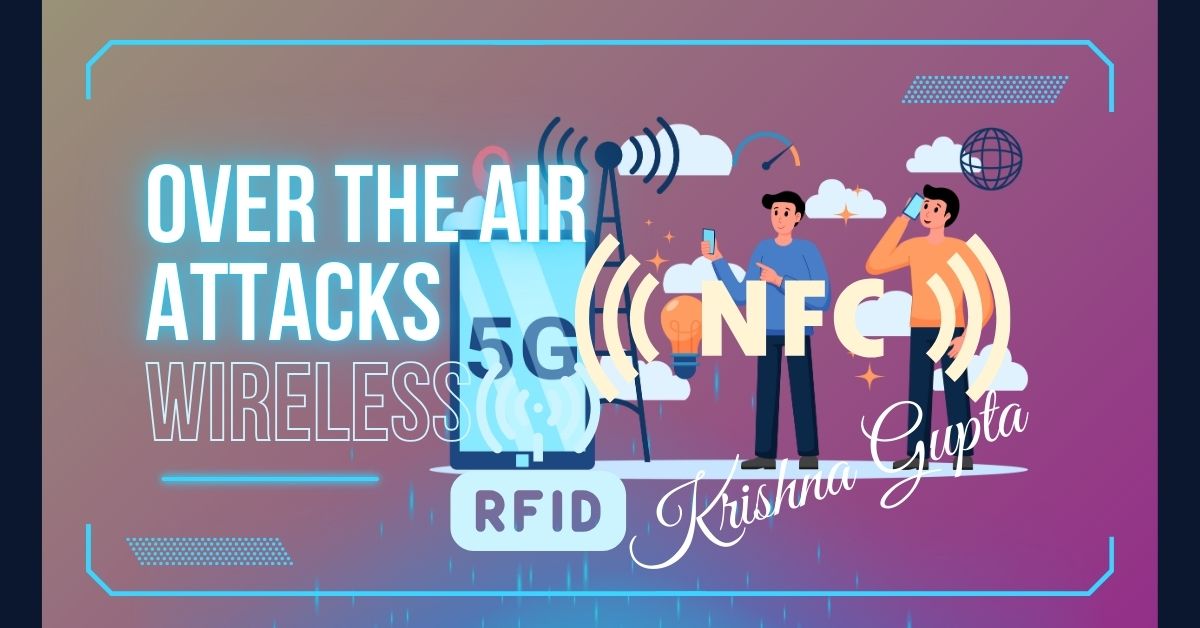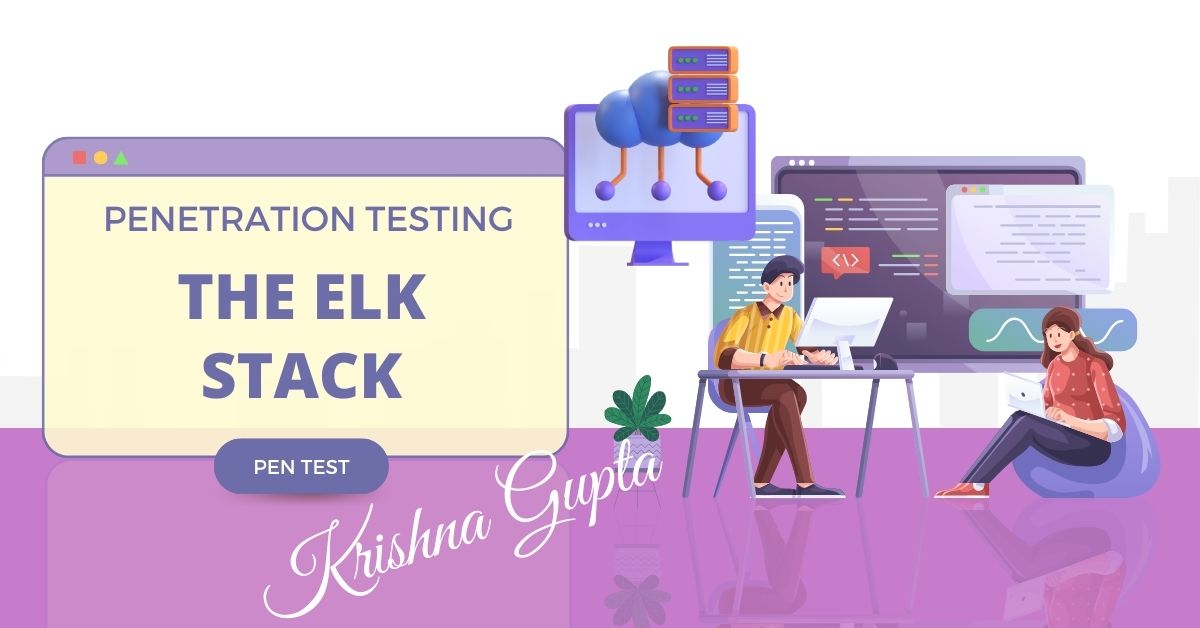Nations Open ‘Data Embassies’ to Protect Critical Information: A Strategic Imperative for C-Suite Executives
A data embassy refers to a secure data storage facility established in a foreign country under the jurisdiction and sovereignty of the originating nation. Unlike conventional data centres, these embassies function similarly to diplomatic embassies, enjoying legal protections that safeguard them from external threats, including local government interference and cyber espionage.




